Home>diy>Architecture & Design>How To Design A Victorian House
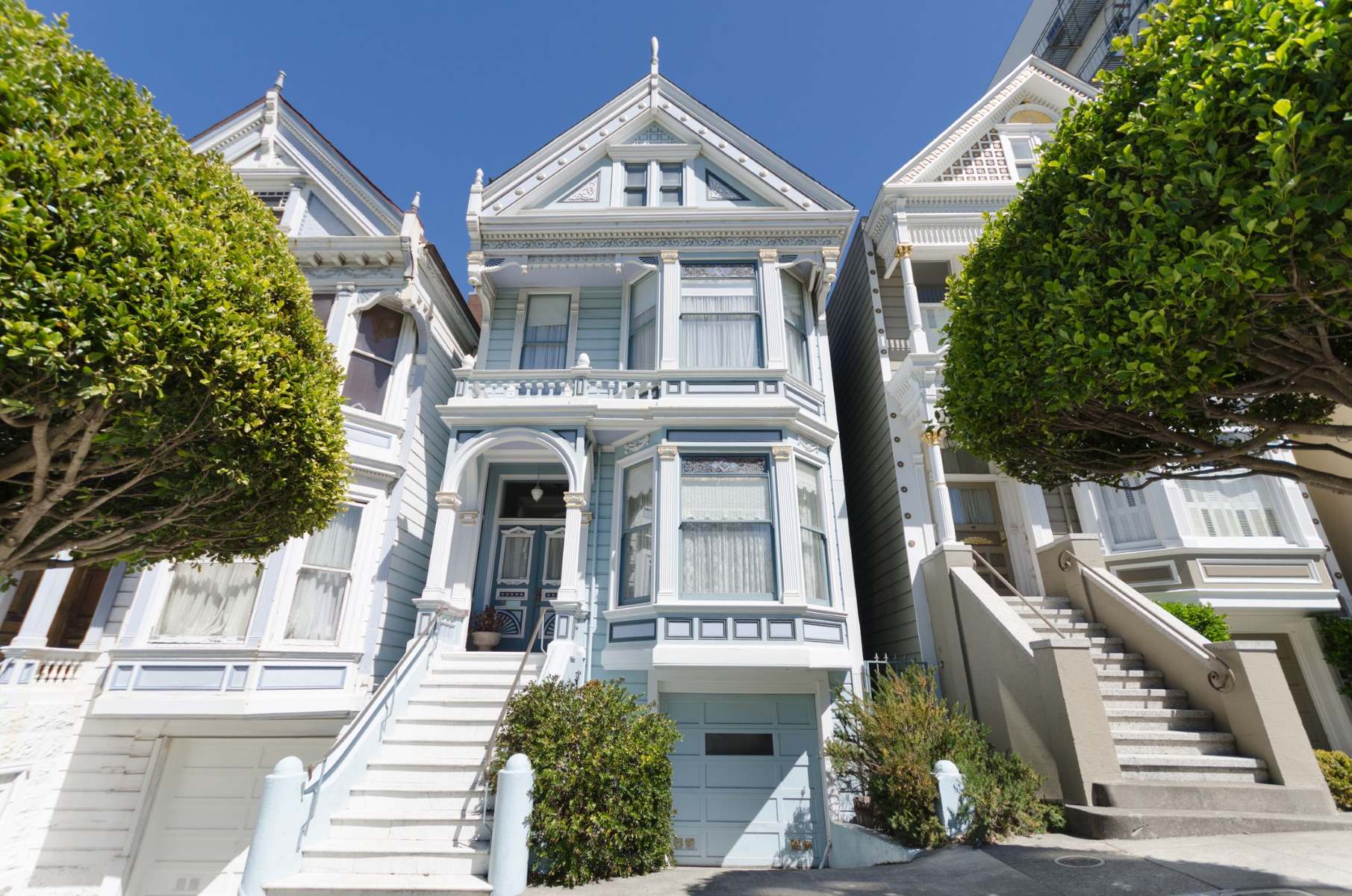

Architecture & Design
How To Design A Victorian House
Modified: January 24, 2024
Learn the art of architecture design with our step-by-step guide on how to design a stunning Victorian house. Get inspired and create your own timeless masterpiece.
(Many of the links in this article redirect to a specific reviewed product. Your purchase of these products through affiliate links helps to generate commission for Storables.com, at no extra cost. Learn more)
Introduction
When it comes to architectural design, few styles are as iconic and charming as the Victorian era. Victorian houses, with their intricate details, ornate embellishments, and grandeur, continue to captivate homeowners and architecture enthusiasts alike. If you’re considering designing a Victorian house, you’re in for a treat, as this style offers endless possibilities for creating a visually stunning and timeless home.
In this article, we will delve into the key architectural features and design elements that define Victorian houses, both on the exterior and interior. From the distinctive roof styles to the elaborate windows and doors, and from the elegant porches to the opulent interiors, we will explore the various aspects that make up the enchanting Victorian aesthetic.
Whether you’re looking for inspiration to restore an existing Victorian house or planning to build a new one from scratch, understanding these design elements will be instrumental in creating a truly authentic and beautiful home. So, let’s embark on this journey into the world of Victorian architecture and design and discover the key features that make it such a cherished style.
Key Takeaways:
- Embrace the opulence and intricate craftsmanship of Victorian houses by incorporating key elements such as steeply pitched roofs, elaborate trim, ornate interiors, and rich color schemes to create a visually stunning and historically authentic home.
- Pay attention to detail and historical accuracy when designing a Victorian house, from the grand exterior features to the ornate interiors, to capture the timeless elegance and opulence of the Victorian era in a visually captivating and harmonious space.
Architectural Features of Victorian Houses
Victorian houses are known for their distinctive architectural features that set them apart from other architectural styles. These features reflect the opulence and sophistication of the Victorian era, which spanned from the mid-19th century to the early 20th century. Here are some key architectural elements that are commonly found in Victorian houses:
- Steeply pitched roofs: One of the defining characteristics of Victorian houses is their steeply pitched roofs. These roofs, often with multiple gables and dormers, create a dramatic and imposing silhouette.
- Elaborate trim and ornamentation: Victorian houses are adorned with intricate trim work and ornamentation. Decorative elements such as brackets, corbels, and scrollwork can be found on the exterior, adding a sense of grandeur and elegance to the façade.
- Towers and turrets: Many Victorian houses feature towers or turrets, which not only serve as architectural focal points but also provide additional interior space. These structures often have curved or octagonal shapes, adding visual interest to the overall design.
- Bay windows: Bay windows are a common feature in Victorian houses. These protruding windows create an illusion of depth, while also allowing an abundance of natural light to flood the interior.
- Wrap-around porches: Victorian houses often boast expansive wrap-around porches, providing a charming outdoor space for relaxation and socializing. These porches are typically adorned with decorative balustrades, columns, and intricate woodwork.
- Asymmetry: Unlike symmetrical architectural styles, Victorian houses embrace asymmetry. They feature irregular floor plans, with different-sized windows and doors placed at varying heights and positions, contributing to the unique character of these homes.
- Unique architectural styles: There are several sub-styles within the Victorian architectural style, including Queen Anne, Italianate, Gothic Revival, and Second Empire. Each sub-style has its own distinct features and characteristics, allowing homeowners to choose a specific style that aligns with their preferences.
These architectural features work harmoniously together to create the iconic and enchanting look of Victorian houses. They embody the artistry, craftsmanship, and attention to detail that was valued during the Victorian era. Whether you’re drawn to the ornate trim, the charming bay windows, or the grandeur of a turret, incorporating these architectural elements will ensure that your Victorian house stands out as a true architectural masterpiece.
Exterior Design Elements
Victorian houses are renowned for their picturesque and eye-catching exteriors. Every detail, from the roofing to the materials used, contributes to the overall charm and allure of these homes. Let’s explore the key exterior design elements that define Victorian houses:
- Roof Styles: Victorian houses often feature complex roof designs, adding a sense of grandeur to their exteriors. Some common roof styles include steeply pitched gable roofs, mansard roofs with multiple slopes, and hipped roofs. These roof styles not only enhance the aesthetic appeal but also provide functional advantages such as better drainage and insulation.
- Windows and Doors: Victorian houses are known for their unique and ornate windows and doors. Large, arched, or bay windows adorned with decorative trims allow plenty of natural light to enter the interiors while adding an exquisite touch to the façade. Similarly, the front door of a Victorian house is often an elaborate centerpiece, featuring intricate carvings, stained glass, or ornamental hardware.
- Porches and Verandas: Victorian houses are famous for their inviting and expansive porches and verandas. These outdoor spaces offer a charming spot for relaxing, socializing, and enjoying the surrounding views. The porches are typically adorned with decorative columns, balustrades, and intricate railings, adding to the overall aesthetic appeal of the house.
- Exterior Materials: Victorian houses showcase a variety of exterior materials, each adding its unique charm. Common materials include brick, stone, wood shakes, and stucco. The combination of different materials often creates contrasting textures, enhancing the visual interest of the façade.
- Color Schemes: Victorian houses embrace vibrant color schemes that help accentuate their architectural details. Colors such as deep reds, rich blues, and warm yellows are commonly used to highlight trim work, gables, and decorative elements. Multiple colors are often employed to create stunning color combinations that reflect the period’s love for bold and expressive palettes.
- Gardens and Landscaping: The exterior design of a Victorian house is not complete without a well-designed garden and landscaping. Victorian gardens are typically lush and filled with vibrant flowers, manicured shrubs, and intricate pathways. The attention to detail in the landscaping complements the architectural style and adds to the overall elegance of the property.
By incorporating these exterior design elements, you can capture the true essence of Victorian architecture and create a visually stunning and inviting home. Remember, attention to detail is key, so make sure to pay careful consideration to the roofing, windows, doors, porch design, exterior materials, color palette, and landscaping. These elements will work together to transform your Victorian house into a striking and timeless masterpiece that reflects the beauty and elegance of the Victorian era.
Roof Styles
One of the defining features of Victorian houses is the variety of roof styles they showcase. These roofs not only protect the structure but also contribute to the overall aesthetic appeal of the house. Here are some common roof styles found in Victorian architecture:
- Gable Roof: The gable roof is one of the most prevalent roof styles in Victorian houses. It features two sloping sides that meet at a central ridge, forming a triangular gable at each end. Gable roofs can have different pitches, from relatively low slopes to steep angles, depending on the desired architectural effect. This roof style provides a classic and timeless appearance and is well-suited for both simple and complex Victorian house designs.
- Mansard Roof: The mansard roof, also known as a French roof, is a distinguishing feature of Second Empire-style Victorian houses. Named after the 17th-century French architect François Mansard, this style features a double-pitched roof with a steep lower slope and a flat or low-pitched upper slope. Mansard roofs allow for additional living space in the attic or upper floors, creating a grand and imposing look. They often include dormer windows that rise from the lower slope, adding architectural interest and functionality.
- Hipped Roof: The hipped roof style is another common choice for Victorian houses. It features slopes on all sides, forming a pyramidal or cone-shaped roof. Hipped roofs create a more compact and unified appearance compared to gable roofs, providing a sense of symmetry and balance. The overhangs of hipped roofs often showcase decorative brackets or corbels, adding an extra touch of elegance to the overall design.
- Jerkinhead Roof: Sometimes referred to as a clipped gable or half-hip roof, the jerkinhead roof is a variation of the gable roof style. It features gables that are truncated or clipped at the peak, resulting in a roofline that combines the elements of both a gable and a hipped roof. Jerkinhead roofs were popular in the late Victorian period and were often used to add visual interest to the front elevation of the house.
- Sawtooth Roof: The sawtooth roof is a unique and less common roof style found in some Victorian houses, often associated with industrial or commercial buildings of that era. It features a series of ridges and skylights set at a sawtoothed pattern, allowing ample natural light to enter the interior space. While primarily used for non-residential structures like factories or warehouses, the sawtooth roof can add a distinctive and modern touch to certain types of Victorian houses.
The choice of roof style for your Victorian house will depend on various factors, including the desired architectural aesthetic, regional influences, and functional considerations. Whether you opt for the classic gable roof, the grand Mansard roof, or a more unique variation, the roof style plays a crucial role in defining the overall character and visual impact of your Victorian home.
Windows and Doors
The windows and doors of Victorian houses are not just functional elements but also key architectural features that contribute to the overall charm and elegance of the design. Victorian architecture embraces a variety of window and door styles, each with its unique characteristics. Let’s explore some of the common window and door designs found in Victorian houses:
- Bay Windows: Bay windows are a hallmark of Victorian houses. These windows extend out from the main wall, creating a protruding or bayed area within the room. Bay windows typically consist of three or more individual windows, which can be arranged in a variety of configurations, such as angled, curved, or polygonal shapes. They not only enhance the aesthetic appeal of the house but also provide additional interior space and allow for increased natural light.
- Sash Windows: Sash windows are a classic feature of Victorian architecture. These windows consist of two movable panels, known as sashes, that slide vertically within the window frame. Sash windows often have multiple panes or “lights” divided by glazing bars, creating a distinctive grid-like pattern. Victorian sash windows may also feature decorative elements such as cornices, architraves, and window hoods, which add to the visual appeal of the house.
- Stained Glass Windows: Victorian houses are renowned for their exquisite stained glass windows. Stained glass was a popular decorative element during this era, and it was used to create stunning and intricate designs in windows. These windows can be found in various locations within the house, including front doors, transom windows, or as accent pieces in larger windows. Stained glass windows often feature vibrant colors, intricate patterns, and sometimes incorporate illustrations or motifs that reflect the Victorian aesthetic.
- French Doors: Victorian houses often feature elegant French doors that connect interior spaces with outdoor areas. These doors consist of panels of glass set within frames, with each panel hinged to create a door that opens outward or inward. French doors can be embellished with decorative moldings, intricate woodwork, or leaded glass panels, adding a touch of sophistication and elegance to the entranceways of Victorian houses.
- Carved Woodwork: Doors and windows in Victorian houses are often adorned with intricately carved woodwork. This decorative feature can be found in the form of cornices, pediments, or decorative brackets that frame the doors and windows. The woodwork is typically richly detailed and can incorporate elaborate motifs such as floral patterns, scrolls, or geometric designs, showcasing the craftsmanship and attention to detail that characterized the Victorian era.
When designing or restoring a Victorian house, it’s crucial to pay careful attention to the selection and placement of windows and doors. These elements not only enhance the architectural style but also allow light to fill the interior spaces, creating a welcoming and inviting atmosphere. By incorporating bay windows, sash windows, stained glass, French doors, and ornate woodwork, you can capture the essence of Victorian design and create a stunning visual impact in your home.
Porches and Verandas
Porches and verandas are iconic features of Victorian houses and serve as important extensions of the living space, seamlessly blending the indoor and outdoor areas. These architectural elements not only add visual appeal to the exterior but also provide a functional and inviting space for relaxation and socialization. Let’s delve into the characteristics and design elements of Victorian porches and verandas:
- Wrap-Around Porches: Victorian houses are often characterized by expansive wrap-around porches that encircle the front and sides of the house. These porches create a sense of grandeur and offer a generous outdoor space for enjoying the surroundings, connecting with neighbors, or simply enjoying a cup of tea. Wrap-around porches are typically supported by decorative columns or pillars and may feature ornate railings or balustrades.
- Decorative Details: Victorian porches and verandas are distinguished by their intricate decorative details. The columns or pillars that support the porch roof are often adorned with ornamental capitals, intricate carvings, or fluted designs. The railings and balustrades can feature delicate spindles, ornate fretwork, or decorative patterns. These details add a touch of elegance and contribute to the overall character of the Victorian house.
- Ceiling Treatments: The ceilings of Victorian porches and verandas are often given special attention. Common ceiling treatments include beadboard, tongue-and-groove panels, or decorative moldings. Some porches may even have a decorative ceiling medallion or a central feature such as a chandelier or a ceiling fan, adding a touch of opulence and providing functional lighting and ventilation.
- Flooring Options: Victorian porches and verandas offer a range of flooring options to choose from. Wooden plank flooring is a popular choice, providing a warm and inviting surface. Patterned tiles or mosaic designs can be used to add a touch of elegance and visual interest to the porch. Other options include stamped concrete, brick, or natural stone, each offering unique textures and aesthetics.
- Furnishings and Décor: Victorian porches and verandas are often furnished with comfortable seating arrangements, such as classic rocking chairs, wicker furniture, or cozy benches. These spaces serve as an extension of the living area, and the furnishings should be chosen to provide both comfort and style. Additional decorative elements, such as potted plants, hanging baskets, or outdoor artwork, can further enhance the charm and beauty of the porch.
Whether you’re designing a new Victorian house or restoring the porch of an existing one, it’s important to pay attention to the design elements that define these spaces. Creating a welcoming and elegant porch or veranda will not only enhance the overall appeal of your Victorian house but also provide a delightful outdoor oasis for relaxation and entertaining. With careful consideration of the architectural details, flooring, furnishings, and decorative elements, you can create a porch or veranda that embodies the distinctive charm and grace of the Victorian era.
Exterior Materials
The choice of exterior materials greatly influences the character and visual impact of Victorian houses. These materials not only contribute to the durability and maintenance of the house but also play a significant role in capturing the essence of the Victorian architectural style. Let’s explore some commonly used exterior materials in Victorian house design:
- Brick: Brick is a popular choice for Victorian houses, especially in urban areas. It provides a timeless and elegant appearance while offering durability and weather resistance. Victorian houses often feature brick exteriors with intricate detailing, such as contrasting brick patterns, decorative corbels, or ornamental brickwork around windows and doorways.
- Stone: Stone is another material commonly used in Victorian house construction, particularly for more substantial or elaborate designs. Natural stone, such as limestone or sandstone, adds a sense of grandeur and permanence to the façade. It can be left in its natural state or carved and shaped for more intricate detailing, including quoins, lintels, and decorative friezes.
- Wood: Wood is a versatile material that lends warmth and charm to Victorian houses. It can be used for structural elements, such as the frames and supports, as well as for decorative details and finishes. Victorian houses often feature ornate woodwork, including decorative trim, brackets, corbels, and elaborate porch railings. Different types of wood, such as cedar, cypress, or mahogany, may be chosen for their durability and fine grain.
- Stucco: Stucco is a type of plaster commonly used to cover exterior walls of Victorian houses. It is applied in multiple layers, providing a smooth and textured finish. Stucco can be left in its natural state or painted with colors that reflect the Victorian era. It is often embellished with decorative relief work or stucco moldings to add visual interest to the façade.
- Shingles: Wooden shingles, typically made from cedar or redwood, are frequently used in Victorian house design. These shingles can be left natural to weather and develop a beautiful patina over time or painted in vibrant colors to showcase the architectural details. The shingles are often arranged in a fish-scale, diamond, or straight pattern, adding visual texture and depth to the exterior.
- Ironwork: While not a primary material, ironwork is often incorporated into the exterior design of Victorian houses to add a touch of elegance and decorative detail. Iron railings, balustrades, and ornamental gates can be found on porches, balconies, or fences. The intricate patterns and scrollwork of ironwork provide a distinct Victorian aesthetic.
When selecting exterior materials for your Victorian house, it’s essential to consider the architectural style, regional influences, and the desired level of maintenance. Combining different materials, such as brick and wood or stone and shingles, can create a visually appealing contrast and highlight the architectural features. The chosen materials should not only enhance the overall aesthetics but also withstand the elements and contribute to the longevity of your Victorian home.
Interior Design Elements
Just as Victorian houses are known for their striking exteriors, the interiors of these homes are equally captivating. The Victorian era’s emphasis on elegance, opulence, and intricate detailing is reflected in the design elements found within Victorian houses. Let’s delve into the key interior design elements that define the beauty and charm of the Victorian style:
- Floor Plan and Layout: Victorian houses often feature intricate and unique floor plans, with rooms arranged in different configurations. Common layouts include a central hallway with rooms branching off, multiple levels, and asymmetrical room arrangements. The floor plan allows for distinct spaces, each serving a specific purpose, and creating an intimate and functional home environment.
- Ceilings and Moldings: Ceilings in Victorian houses are typically high and adorned with decorative moldings, cornices, and ceiling medallions. Elaborate plasterwork, often featuring intricate patterns and details, adds grandeur and elegance to the interior. Ceilings may also incorporate decorative beams, rosettes, or cove lighting, further enhancing the architectural beauty of the space.
- Fireplaces and Mantels: Victorian houses frequently showcase elaborate fireplaces and mantels, serving as focal points in living rooms, dining rooms, or bedrooms. These fireplaces are often made of marble, stone, or intricately carved wood. The mantels are adorned with decorative elements such as corbels, columns, or reliefs, showcasing the craftsmanship and attention to detail of the Victorian era.
- Flooring and Carpets: Victorian houses commonly feature hardwood flooring, often made from oak, mahogany, or walnut, adding warmth and character to the interior spaces. In more formal areas, such as the dining room or parlor, intricately patterned carpets or rugs are used to bring color and texture to the floors. The carpets may feature floral motifs, geometric designs, or oriental patterns, complementing the overall Victorian aesthetic.
- Wallcoverings and Wallpaper: Victorian interiors are known for their richly patterned wallcoverings and wallpapers. In the Victorian era, wallpaper became increasingly popular with an array of intricate designs, often featuring floral patterns, damasks, or scenic prints. Wallcoverings may extend to full-height wainscoting or have decorative paneling, which adds depth and visual interest to the walls.
- Furniture and Decor: Victorian homes are furnished with an array of ornate and elegant furniture pieces. Large, overstuffed sofas and armchairs, upholstered in luxurious fabrics like velvet or brocade, create a comfortable and inviting seating area. Intricately carved wooden furniture, such as tables, cabinets, and bed frames, reflects the craftsmanship of the era. Decorative elements, such as gilded mirrors, chandeliers, and elaborate draperies, further add to the richness and grandeur of the interior.
- Lighting Fixtures: Victorian houses boast a variety of lighting fixtures that add to the ambiance of the interior spaces. Chandeliers with crystal pendants, elaborate wall sconces, and table lamps with intricate bases are commonly found. These fixtures are often adorned with decorative details and provide both functional lighting and an additional touch of sophistication.
- Color Schemes and Paint Choices: Victorian interiors embrace an array of colors, ranging from rich and deep hues to soft and pastel shades. The color palette can include jewel tones like deep reds, blues, and greens, as well as softer shades like creams, pale pinks, and lavenders. Paint choices often emphasize the architectural details, with contrasting colors used for trimmings, moldings, and wainscoting.
By incorporating these interior design elements, you can create a Victorian-style interior that exudes elegance, warmth, and sophistication. The intricate architectural details, ornate furnishings, rich materials, and attention to color and texture work together to evoke the timeless beauty of the Victorian era and transform your home into a true architectural masterpiece.
Floor Plan and Layout
The floor plan and layout of Victorian houses are characterized by their intricate and unique design. Victorian architecture often features a variety of room arrangements, spatial configurations, and architectural details that contribute to the overall charm and functionality of the home.
One of the distinguishing characteristics of Victorian houses is the emphasis on separate and distinct spaces within the home. The floor plan typically includes a central hallway or foyer that acts as a main circulation area, branching off into different rooms. The rooms are arranged in a hierarchical manner, with public spaces such as parlors, dining rooms, and reception areas located closer to the front of the house, while private areas like bedrooms and studies situated towards the back.
Victorian houses often have multiple levels, allowing for a sense of grandeur and providing distinct areas for various activities. For example, the ground floor may contain formal entertaining spaces, while the upper levels house the bedrooms and more intimate family areas. The design of the staircases in Victorian houses is also carefully crafted, with ornate banisters, decorative balusters, and intricate newel posts, creating a focal point within the home.
The Victorian era also saw the advent of innovative architectural features and design elements, which are often incorporated into the floor plan. These include bay windows that extend the living space, creating cozy seating areas and bringing in an abundance of natural light. Other distinctive features may include towers or turrets, which not only add visual interest but also provide additional interior space and unique room shapes.
Asymmetry is a defining characteristic of Victorian house layouts. Rooms are often different sizes and shapes, and windows and doors may be placed at varying heights and positions. This asymmetry gives Victorian houses a sense of character and originality, setting them apart from more symmetrical architectural styles.
When designing or restoring a Victorian house, it is important to consider the original floor plan and layout to maintain the authenticity of the architectural style. However, modifications can be made to adapt to modern living standards while still respecting the essence of the Victorian era. This may involve combining smaller rooms to create larger open spaces, or converting less-used areas into functional rooms such as home offices or laundry rooms.
The floor plan and layout of a Victorian house offer a unique opportunity to tailor the space to your specific needs and preferences, while embracing the elegance and grandeur of the era. Understanding the intricate details of Victorian floor plans will help you create a harmonious and functional home that retains the historical significance and timeless appeal of this architectural style.
When designing a Victorian house, focus on intricate detailing, such as ornate trim work, decorative moldings, and vibrant color schemes to capture the essence of the era.
Ceilings and Moldings
The ceilings and moldings in Victorian houses are distinct design elements that add grandeur, elegance, and architectural interest to the interior spaces. The Victorian era was characterized by the appreciation of intricate details, and this is reflected in the ornate ceiling designs and elaborate moldings found in these homes.
Victorian ceilings are often high and decorated with decorative moldings, cornices, and ceiling medallions. Plasterwork was widely used to create intricate patterns, relief work, and textured surfaces. Elaborate ceiling moldings, including crown moldings, coved ceilings, and picture rails, draw attention to the ceiling and accentuate the height of the rooms.
Cornices are one of the defining features of Victorian ceilings. They are decorative moldings that are installed at the joint between the walls and the ceiling. Cornices can be simple or highly ornamental, featuring intricate patterns, scrolls, or dentil molding. They serve to visually separate the walls from the ceiling and add a touch of elegance and sophistication to the interior.
Ceiling medallions are another prominent feature in Victorian houses. These decorative elements are typically circular or oval in shape and are installed in the center of the ceiling. Ceiling medallions are often made of plaster or other moldable materials and are adorned with intricate designs, reliefs, or motifs. They provide a focal point in the room and can be accentuated with a chandelier or a decorative lighting fixture.
Moldings play a significant role in Victorian interior design, enhancing the architectural style and accentuating the lines and details of the rooms. Baseboards, chair rails, and picture rails are commonly incorporated to provide visual interest and delineate different sections of the walls.
Baseboards are installed at the bottom of the walls, covering the joint between the walls and the floor. Victorian baseboards are typically taller and more ornate than those found in other architectural styles. They can feature intricate carvings, beveled edges, or decorative profiles, adding a touch of elegance and refinement to the space.
Chair rails are horizontal moldings installed at approximately waist height along the walls. Traditionally, chair rails served a functional purpose of protecting walls from the backs of chairs, but in Victorian houses, they also became decorative elements. They can be simple or intricately carved and may feature a contrasting color or wallpaper above and below the chair rail.
Picture rails are installed at the top of the walls, just below the ceiling. They were originally used to hang artwork without damaging the walls, as nails or hooks could be inserted into the rail. Picture rails are often embellished with decorative molding and can be used as a design feature to create visual interest and display artwork or decorative items.
When restoring or designing a Victorian house, careful attention should be paid to the ceilings and moldings to maintain the integrity and authenticity of the architectural style. Restoring original moldings or replicating them using modern materials and techniques can help recreate the elegance and charm of the Victorian era. Similarly, incorporating decorative ceiling medallions and intricate plasterwork can elevate the overall aesthetic appeal of the interior.
The ceilings and moldings in Victorian houses are not merely architectural details; they are a testament to the craftsmanship, attention to detail, and elegance of the Victorian era. By preserving and enhancing these elements, you can create a truly authentic and visually stunning interior that embodies the grandeur and sophistication of Victorian design.
Fireplaces and Mantels
Fireplaces and mantels are iconic features of Victorian houses that evoke a sense of warmth, elegance, and visual grandeur. During the Victorian era, fireplaces served as the focal point of the room, and elaborate mantels were crafted to showcase the homeowner’s taste and social status.
Victorian fireplaces range in style from ornate and decorative to simpler designs inspired by classical or Gothic influences. They were crafted from various materials such as marble, stone, cast iron, or wood. The choice of material often reflected the overall aesthetic of the room and the homeowner’s personal style.
Mantels, the decorative surrounds above the fireplace, were carefully designed to enhance the architectural beauty of the Victorian interior. They often featured intricate carvings, ornamental details, and elaborate motifs. Floral patterns, scrolls, and geometric designs were common in Victorian mantel designs, showcasing the craftsmanship and attention to detail of the era.
The mantels also provided a space for the display of decorative items such as clocks, candelabras, mirrors, or figurines. These objects served as status symbols and were carefully arranged to create a visually pleasing composition. The mantel acted as a focal point, drawing attention and commanding admiration.
In addition to their aesthetic appeal, Victorian fireplaces and mantels were functional elements of the home. They provided much-needed warmth during the colder months and served as a gathering place for the family. The mantelshelf above the fireplace was also used to store and display essential items such as candlesticks or vases.
Restoring or replicating the original Victorian fireplaces and mantels is an important consideration when renovating a Victorian house. Preserving the ornate details, intricate carvings, and the choice of materials can help maintain the authenticity and charm of the era. If the original mantel is no longer intact, modern reproductions can be crafted to capture the essence of Victorian design.
When integrating a Victorian fireplace and mantel into your home, consider the overall style and character of the room. Choose materials and finishes that complement the existing architectural elements and create a cohesive design scheme. The mantel can be further enhanced with decorative elements such as tiles, inset mirrors, or ornamental trims to accentuate its beauty.
Fireplaces and mantels in Victorian houses serve as a visual and functional centerpiece, adding a touch of elegance, sophistication, and historical significance to the interior. By preserving or recreating these elements, you can create a truly authentic Victorian ambiance and enjoy the timeless beauty and warmth that they bring to your home.
Flooring and Carpets
Flooring plays a significant role in defining the overall aesthetic and character of Victorian houses. The Victorian era saw a shift towards more decorative and intricate flooring designs, reflecting the emphasis on elegance, opulence, and attention to detail. Let’s explore the flooring options and the role of carpets in Victorian interior design:
Victorian flooring often featured hardwood floors, primarily made from oak, walnut, or mahogany. These wood floors provided a warm, rich, and inviting base for the interior spaces. Planks were typically laid in a straight pattern, although parquet and herringbone designs were also popular in more elaborate settings.
The wood flooring in Victorian houses was usually finished with varnish or oil to enhance its natural beauty and protect it from wear and tear. Over time, these finishes would develop a warm patina, adding character and charm to the space. Many Victorian homeowners also chose to incorporate decorative borders or inlays along the edges of the room or in the center, creating intricate patterns or geometric designs.
To add comfort, insulation, and visual interest to the hardwood floors, carpets and rugs were often used in Victorian interior design. Carpets were typically woven from wool or silk and featured intricate patterns, vibrant colors, and luxurious textures. Floral motifs, oriental designs, or bold geometric patterns were common choices for Victorian carpets, capturing the ornamental tastes of the era.
Carpets were laid in various areas of the house, including formal living spaces and bedrooms. In more public areas such as parlors or reception rooms, larger carpets covered the central portion of the room, leaving the borders of the hardwood floor exposed. This allowed the beauty of the wood to showcase while still providing comfort underfoot.
In areas where carpets were not used, such as hallways or dining rooms, decorative floor coverings like runners or intricate tile patterns were employed to add visual interest. These tiles often featured geometric shapes, floral motifs, or intricate mosaics, creating a stunning and eye-catching focal point.
When designing or restoring the flooring in a Victorian house, it is crucial to consider materials and patterns that are true to the era. Hardwood floors can be refinished to highlight the unique graining and natural beauty of the wood. If carpets are desired, selecting patterns, colors, and textures that align with the Victorian aesthetic will enhance the overall authenticity of the space.
Whether showcasing the elegance of finely crafted hardwood floors or elevating the comfort and decorative appeal with Victorian carpets and rugs, the flooring in a Victorian house sets the stage for a space that is refined, inviting, and reflective of the era’s architectural style. By carefully selecting and incorporating these flooring options, you can create an interior that transports you back in time and captures the essence of Victorian design.
Wallcoverings and Wallpaper
Wallcoverings and wallpaper are integral design elements in Victorian houses that add richness, pattern, and texture to the interior spaces. During the Victorian era, there was a resurgence of interest in intricate wall treatments, with wallpaper becoming increasingly popular.
Victorian wallcoverings were characterized by their vibrant colors, elaborate patterns, and attention to detail. Floral motifs, damasks, flocking, and scenic prints were widely used, reflecting the love for nature, romanticism, and exoticism that defined the era. These wallpapers were typically printed using techniques such as block printing, stenciling, or machine printing.
Wallpapers in Victorian houses often covered the entirety of the walls from floor to ceiling. The designs ranged from bold and dramatic to delicate and intricate, providing a backdrop that complemented the ornate furniture and architectural details found in these homes. Wallpaper was seen as a way to showcase wealth, sophistication, and personal taste.
In addition to full-height wallcoverings, Victorian interiors also incorporated decorative paneling, wainscoting, or dado rails. These lower sections of the walls were often adorned with wood paneling or wallpaper with a different pattern or texture, adding visual interest and dividing the wall into distinct sections.
In more formal areas, such as dining rooms or parlors, richly patterned and textured wallpapers were favored. These wallpapers often featured metallic accents, giving the room a luxurious and opulent feel. In other spaces, such as bedrooms or studies, wallpaper designs with softer colors and intricate patterns created a more serene ambiance.
Victorian wallcoverings were not limited to wallpaper. Other common wall treatments included embossed leather, textile hangings, or decorative wall panels made from wood or plaster. These treatments added texture and depth to the walls, further enhancing the overall visual impact of the interior.
When restoring or incorporating Victorian wallcoverings into a modern space, it is important to choose patterns and colors that align with the era’s aesthetic. Reproduction wallpapers or modern wallpapers inspired by Victorian designs are available, allowing homeowners to recreate the intricate and lavish look of the period.
Pairing wallpaper with appropriate paint colors, coordinating with the colors found in the wallpaper pattern, can enhance the overall design scheme. Additionally, combining wallpapers with ornamental moldings, stylish mirrors, and decorative friezes can create a cohesive and harmonious Victorian interior.
Wallcoverings and wallpaper were integral to the Victorian design aesthetic, adding artistic flair, texture, and color to the interiors. Whether showcasing exquisite wallpaper patterns or incorporating other decorative wall treatments, wallcoverings in a Victorian house help create a visually stunning and historically authentic space that captures the elegance, intricacy, and charm of the era.
Furniture and Decor
Furniture and decor play a significant role in capturing the elegance, opulence, and distinctive style of Victorian houses. The Victorian era was characterized by a love for ornate and intricately designed furniture pieces, reflecting the prevailing tastes and social status of the time. Let’s explore the key elements of Victorian furniture and decor:
Furniture: Victorian furniture is known for its elaborate carvings, rich upholstery, and attention to detail. Common furniture pieces found in Victorian houses include:
- Sofas and Armchairs: Victorian sofas and armchairs are typically large and overstuffed, providing both comfort and a sense of grandeur. Upholstered in luxurious fabrics such as velvet, brocade, or damask, these furniture pieces often feature button tufting, fringe trim, or deep buttoning.
- Tables and Cabinets: Victorian houses are adorned with intricately carved wooden tables, cabinets, and sideboards. These furniture pieces often feature detailed scrollwork, floral patterns, or ornamental motifs. Both functional and exquisite, Victorian tables and cabinets serve as focal points in the room.
- Beds and Headboards: Victorian beds are elegant and imposing, often made from carved solid wood. Canopy or four-poster beds are a common sight, embellished with decorative finials and drapes. The headboards are intricately carved or upholstered, adding a touch of luxury and drama to the bedroom.
- Desks and Study Furniture: Victorian houses often include dedicated spaces for work or study. Writing desks, roll-top desks, and bookcases with intricate carved details are commonly found in Victorian study rooms. These pieces convey a sense of sophistication and serve as functional yet decorative elements of the interior.
Decor: Victorian decor is characterized by its love for ornate details, rich colors, and luxurious fabrics. Here are some key decorative elements found in Victorian houses:
- Mirrors: Large, ornate mirrors with gilded frames were a common feature in Victorian interiors. These mirrors serve not only practical purposes but also create an illusion of space and reflect the room’s opulence and glamour.
- Chandeliers and Lighting: Victorian houses often feature elaborate chandeliers hanging from the ceilings. These chandeliers were crafted from crystal or glass and displayed intricate patterns and designs. Wall sconces, table lamps, and candelabras were also commonly used to provide functional and decorative lighting.
- Textiles and Draperies: Victorian interiors embraced rich fabrics and textiles. Heavy draperies, often made from velvet, brocade, or damask, were used to create an air of grandeur and provide privacy. Throw pillows, tapestries, and upholstery with intricate patterns and tassels added layers of comfort and opulence.
- Accessories and Ornaments: Victorian houses were filled with decorative accessories and ornaments. Vases, statuettes, decorative clocks, and intricately designed picture frames adorned mantels, side tables, and shelves. Oriental rugs, porcelain figurines, and delicate porcelain dishware were also commonly displayed.
When designing or restoring a Victorian house, it is important to choose furniture and decor that align with the era’s aesthetic. Incorporating ornate and carved wooden furniture, rich fabrics, and decorative details will enhance the overall Victorian ambiance of the space.
By carefully selecting furniture pieces and decor that reflect the opulence and intricacy of the Victorian era, you can create an interior that transports you back in time. Embrace the love for detail, elegance, and fine craftsmanship, and let your furniture and decor be a testament to the timeless beauty of Victorian design.
Lighting Fixtures
Lighting fixtures in Victorian houses not only provide functional illumination but also serve as decorative elements that enhance the overall ambiance and grandeur of the interior spaces. The Victorian era saw a wide range of lighting options, from ornate chandeliers to intricate wall sconces. Let’s explore the key lighting fixtures commonly found in Victorian houses:
- Chandeliers: Chandeliers are quintessential lighting fixtures in Victorian interiors. These grand, hanging fixtures feature multiple branches and decorative elements such as crystal or glass pendants, intricate metalwork, and ornate detailing. Victorian chandeliers often serve as the centerpiece of a room, commanding attention and casting a warm and inviting glow.
- Wall Sconces: Wall sconces in Victorian houses serve as decorative accents and provide additional lighting. They are typically mounted on the walls and can feature intricate designs and motifs. Victorian wall sconces may incorporate elements such as scrolls, floral patterns, or delicate etchings, adding elegance and sophistication to the room.
- Table Lamps: Victorian table lamps are ornate and often feature detailed bases made of materials such as brass, bronze, or porcelain. The lampshades are typically adorned with fringes, beads, or tassels, creating a luxurious and decorative effect. Victorian table lamps provide task lighting and add a touch of sophistication to desks, side tables, or nightstands.
- Gas and Electric Pendant Lights: Pendant lights, whether gas or electric, were commonly used in Victorian houses. Gas pendant lights, with their intricate glass shades and ornate metalwork, created a warm and cozy glow in the room. With the advent of electricity, pendant lights transitioned to electric fixtures while maintaining the decorative and elaborate designs indicative of the Victorian era.
- Candlesticks and Candelabras: In addition to electric lighting fixtures, Victorian houses often incorporated candlesticks and candelabras. These decorative elements added a touch of romance and elegance to the interior. Candlesticks were placed on mantels and side tables, while candelabras, with multiple arms holding candles, were used as centerpiece lighting on dining tables or in grand halls.
- Lanterns and Outdoor Lighting: Victorian houses placed emphasis on outdoor lighting as well. Lanterns with intricate metalwork and glass panels were used to illuminate entrances, pathways, and gardens. Outdoor lighting fixtures often matched the design elements and aesthetic of the interior lighting, creating a cohesive look throughout the property.
When reviving or designing a Victorian-inspired lighting scheme, consider incorporating a variety of fixtures to create layers of light and evoke a sense of elegance. Mix chandeliers, wall sconces, and table lamps to provide both ambient and task lighting. Pay attention to the details, such as ornate metalwork, decorative glass shades, or embellished lampshades, to capture the essence of Victorian design.
Lighting fixtures in Victorian houses not only illuminate the space but also contribute to the overall aesthetic and atmosphere. By selecting fixtures that embrace the opulence, intricate details, and warm glow characteristic of the Victorian era, you can create a luminous and visually stunning interior that transports you back to the grandeur of Victorian design.
Color Schemes and Paint Choices
Color schemes and paint choices play a crucial role in capturing the essence of Victorian houses. The Victorian era was characterized by a love for bold and rich colors, reflecting the opulence, romanticism, and individualism of the time. Let’s explore the key factors to consider when selecting color schemes and paint choices for your Victorian home:
Rich and Deep Hues: Victorian houses are known for their vibrant and intense color palettes. Deep reds, jewel tones, and earthy hues were commonly used on walls and trims. These colors evoked a sense of luxury and warmth, mirroring the richness of the era.
Contrasting Color Combinations: Victorian interiors often incorporated contrasting color combinations to highlight architectural details and create visual interest. For example, walls may be painted in a rich burgundy or dark green, while trims, moldings, and doors could be highlighted with crisp white or cream tones for a striking contrast.
Complex Color Schemes: Victorian houses embraced elaborate and multi-color schemes. It was not uncommon for a single room to feature multiple colors on walls, moldings, and ceilings. The use of several complementary or harmonious colors added depth and complexity to the interior, reflecting the Victorian love for ornate and detailed design.
Wallpaper and Paint Combination: Victorian homes often combined wallpaper and paint to create intricate and visually appealing surfaces. Wallpaper adorned the walls from floor to ceiling, while paint was used to accentuate architectural elements such as moldings, door frames, and wainscoting. This combination allowed for intricate patterns and textures to coexist harmoniously.
Faux finishes and Decorative Techniques: Victorian houses sometimes utilized faux finishes and decorative paint techniques to mimic the appearance of more expensive materials, such as marble or wood grain. Techniques like stippling, stenciling, or sponging were used to add texture and depth to the walls, creating a sense of sophistication and elegance.
Period-inspired Color Palettes: When selecting colors for a Victorian home, consider using period-inspired color palettes. Some paint manufacturers offer collections specifically designed to evoke the colors and aesthetics of the Victorian era. These collections can guide you in choosing colors that align with the historical context while still incorporating personal style.
When choosing colors for your Victorian house, take into account the architectural features, the desired ambiance, and your own preferences. Consider consulting historical references, such as architectural guidebooks or visiting Victorian museums, to gain inspiration and insight into authentic color choices.
The color schemes and paint choices in Victorian houses allow you to create an interior that is striking, captivating, and true to the era. By embracing the rich and bold hues, contrasting combinations, and intricate color harmonies, you can capture the timeless beauty of Victorian design and curate a space that is both historically accurate and visually stunning.
Conclusion
Designing a Victorian house is a journey into a world of elegance, opulence, and intricate craftsmanship. From the exterior architectural features to the interior design elements, every aspect of a Victorian house embodies the grandeur and sophistication of the Victorian era. By understanding the key elements and incorporating them into your design, you can create a truly authentic and visually stunning Victorian home.
The architectural features of Victorian houses, such as steeply pitched roofs, elaborate trim, towers, and bay windows, create a distinct and captivating exterior. The choice of exterior materials, such as brick, stone, wood, or stucco, further enhances the visual appeal and adds character and durability to the house.
Inside, attention to detail is key. The floor plan and layout of Victorian houses are thoughtful and intricate, offering distinct spaces for different functions. Ceilings and moldings with their ornate designs and decorative elements add a touch of grandeur. Victorian houses often feature beautiful fireplaces and mantels that serve as focal points and showcase artistic craftsmanship.
Flooring in Victorian houses emphasizes the natural beauty of hardwood, while carpets and rugs provide comfort, warmth, and intricate patterns. Wallcoverings and wallpaper adorn the walls, showcasing vibrant colors, elaborate patterns, and exquisite detailing. Victorian furniture and decor exemplify elegance and sophistication, with intricate carvings, rich upholstery, and attention to detail.
Lighting fixtures in Victorian houses add an extra layer of warmth, beauty, and sophistication. From chandeliers to wall sconces, each fixture creates a captivating and inviting ambiance within the interior spaces.
When considering color schemes and paint choices, embracing the bold and rich hues of the Victorian era enhances the overall aesthetic, while contrasting combinations and intricate patterns create visual interest and depth. By paying attention to each element and selecting materials, colors, and furnishings that reflect the Victorian style, you can create a harmonious and timeless interior.
In conclusion, designing a Victorian house is an endeavor that requires both understanding and appreciation of the architectural style and attention to detail. By embracing the key elements of Victorian design and incorporating them into your home, you can create a captivating and historically authentic space that exudes elegance, opulence, and intricate beauty.
Frequently Asked Questions about How To Design A Victorian House
Was this page helpful?
At Storables.com, we guarantee accurate and reliable information. Our content, validated by Expert Board Contributors, is crafted following stringent Editorial Policies. We're committed to providing you with well-researched, expert-backed insights for all your informational needs.
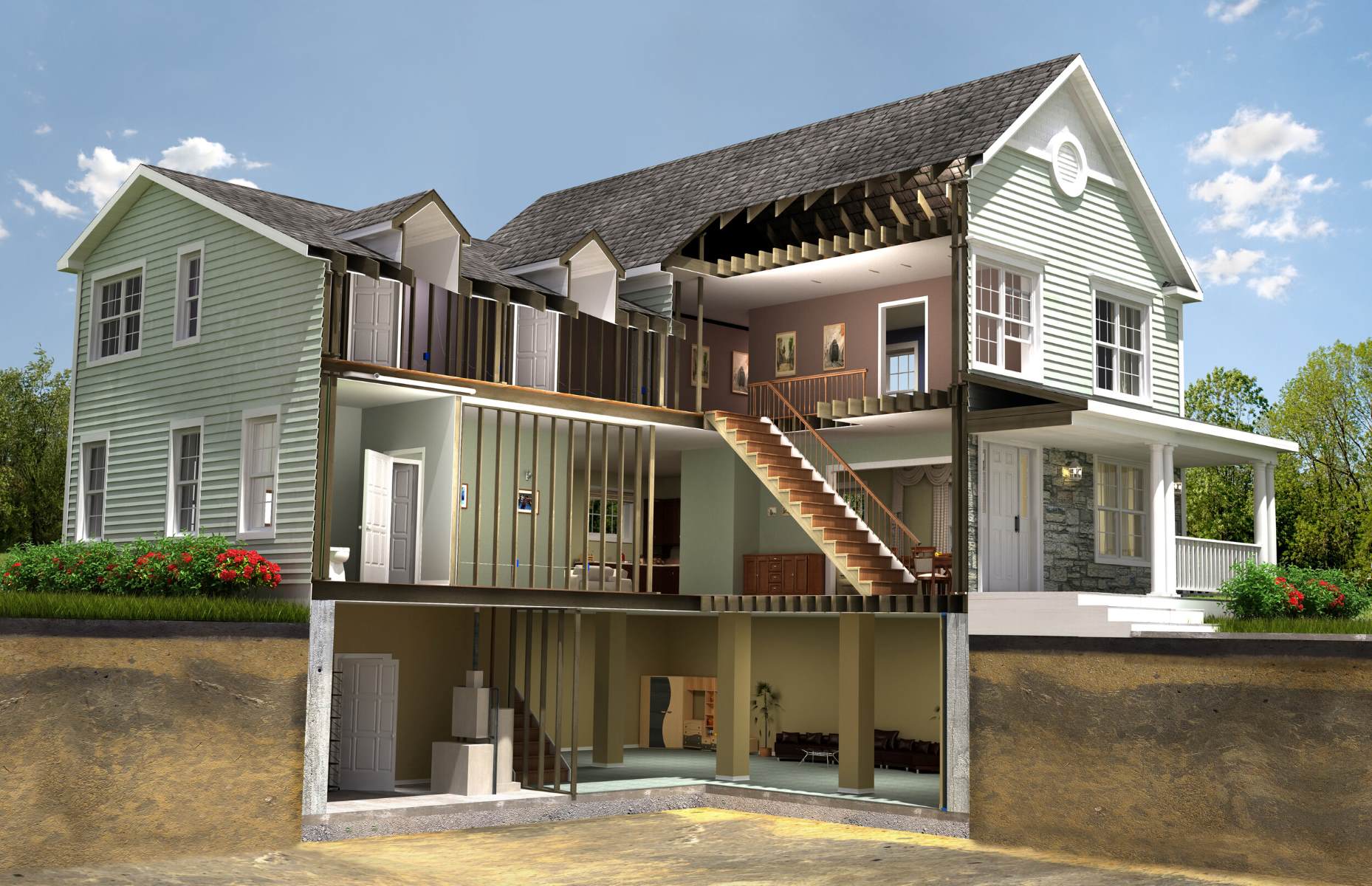
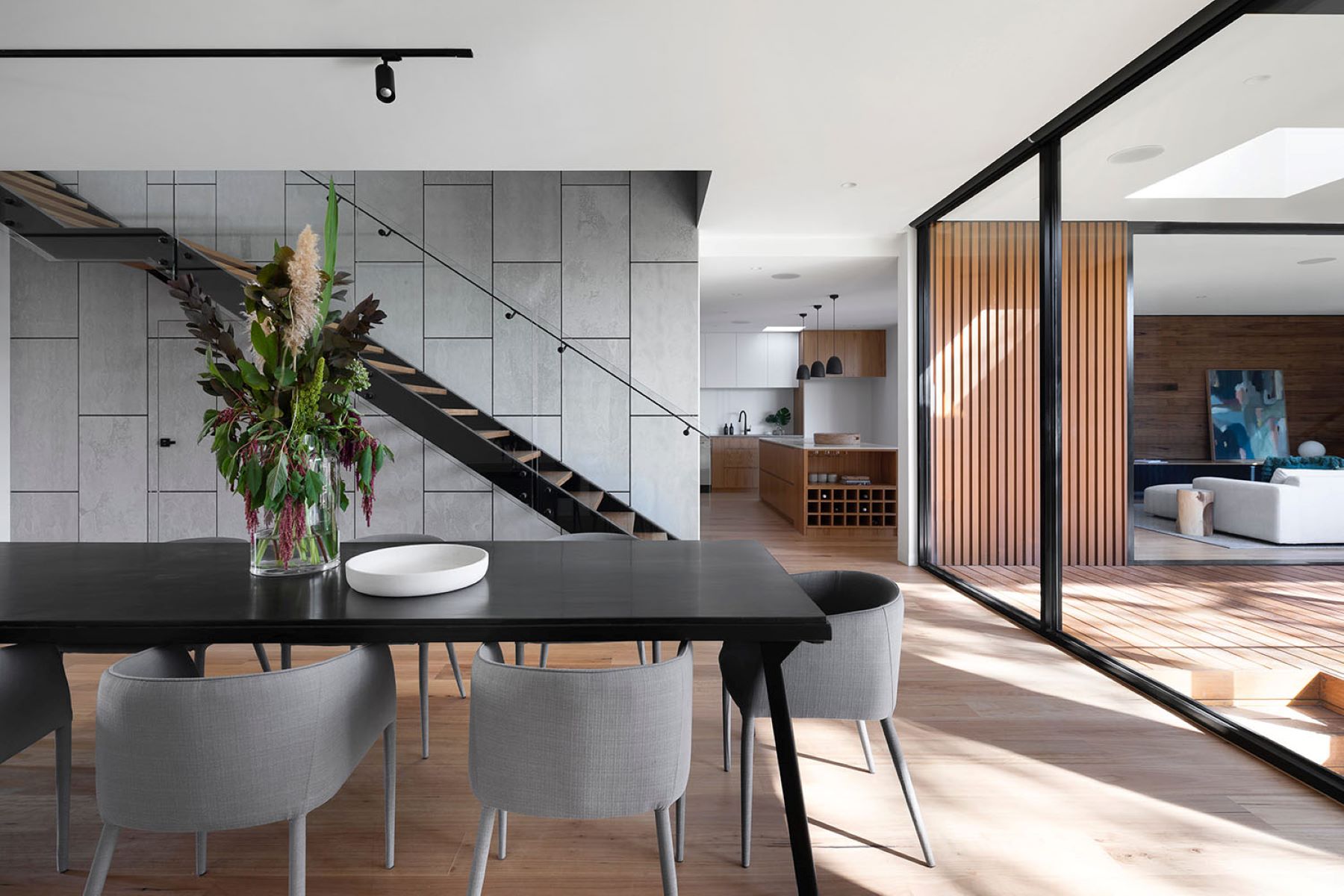
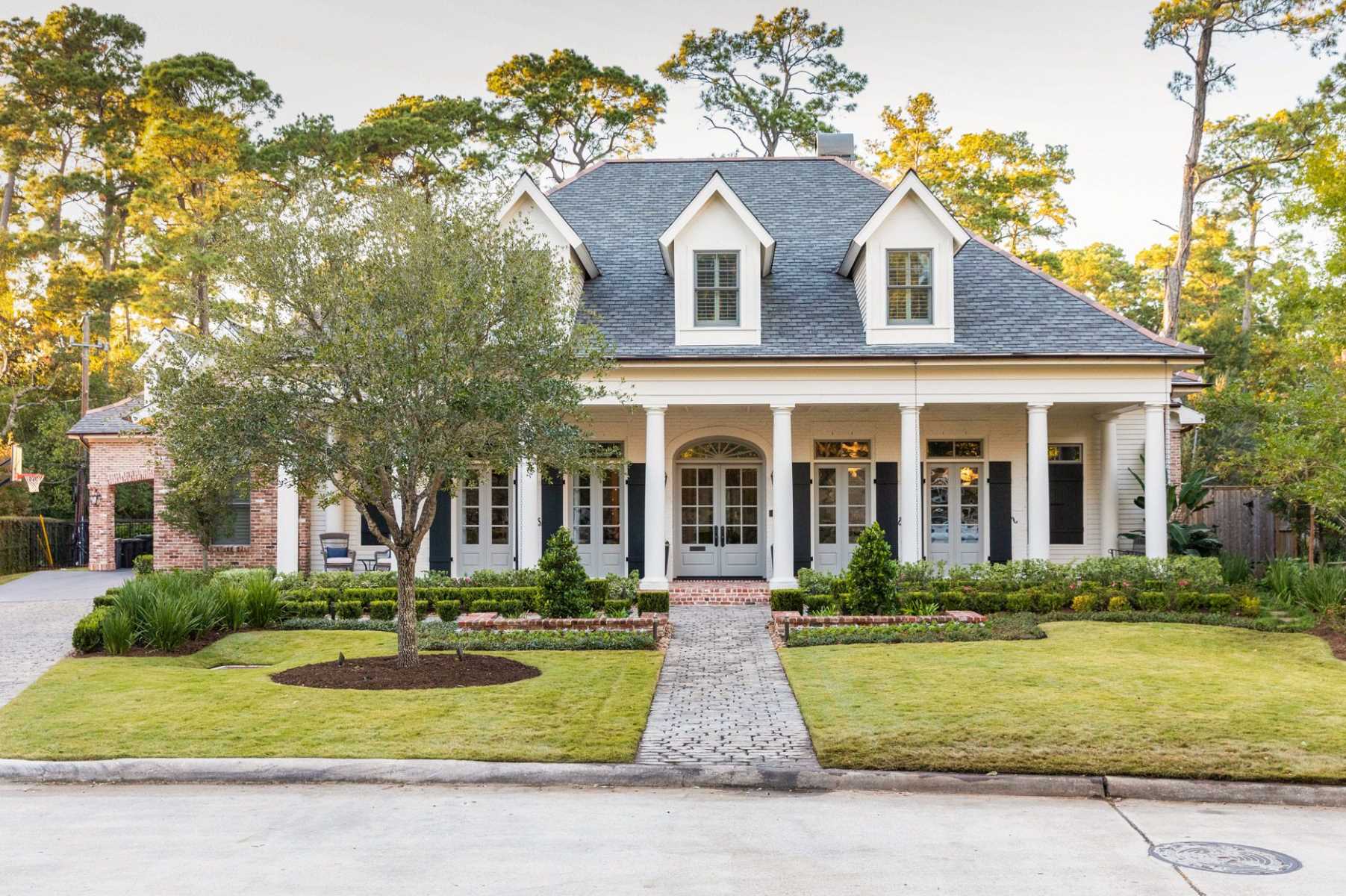
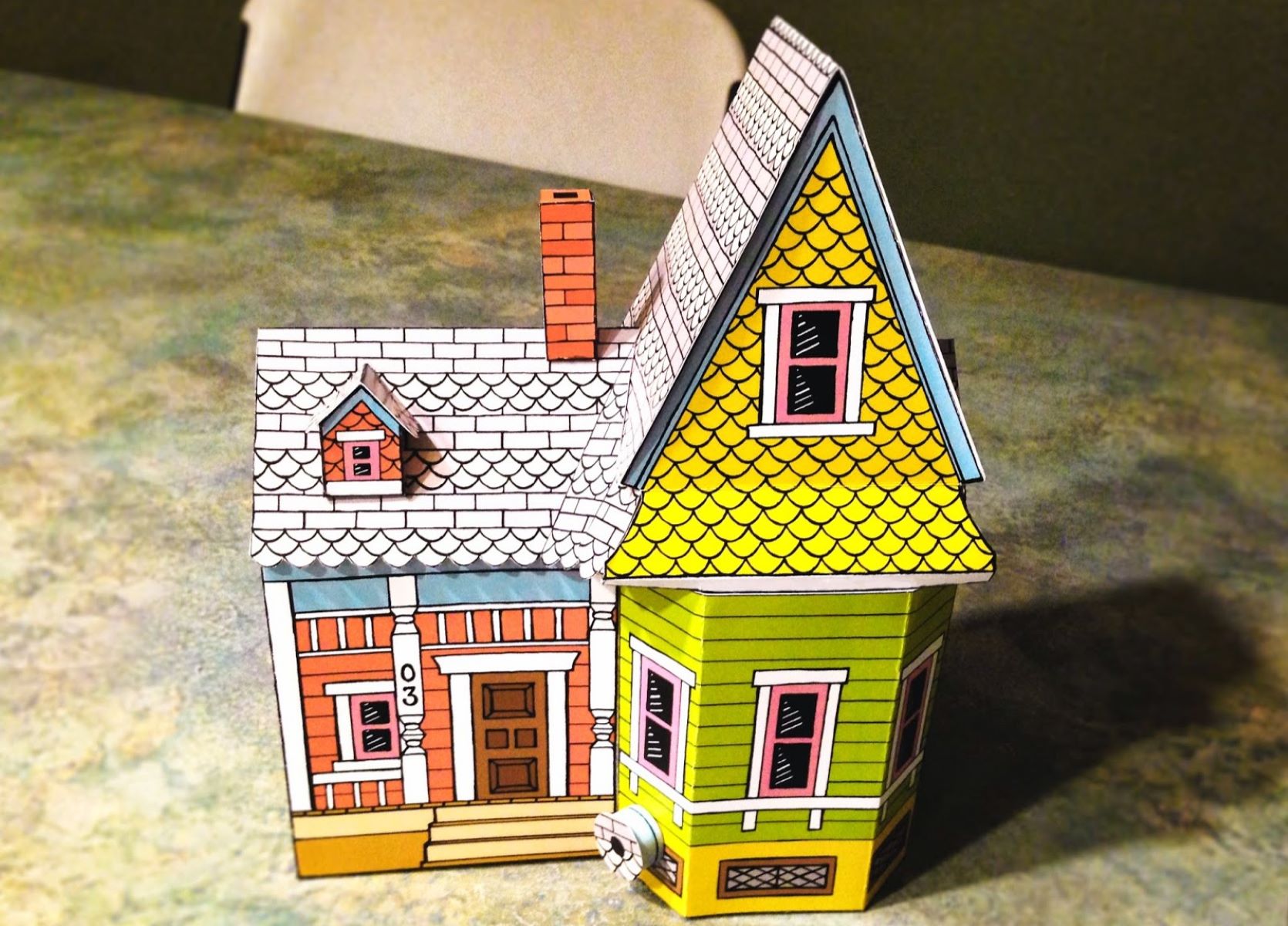

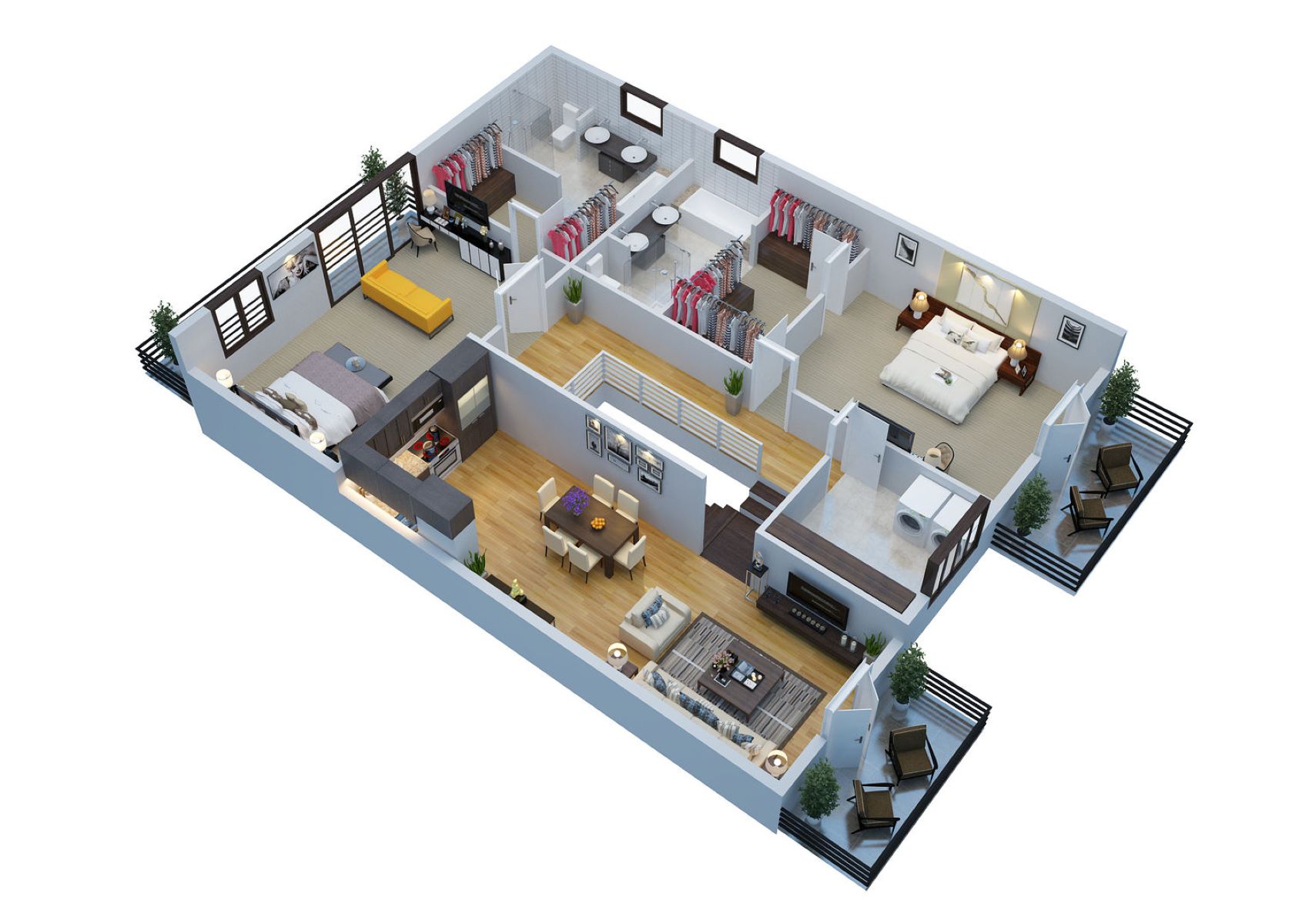
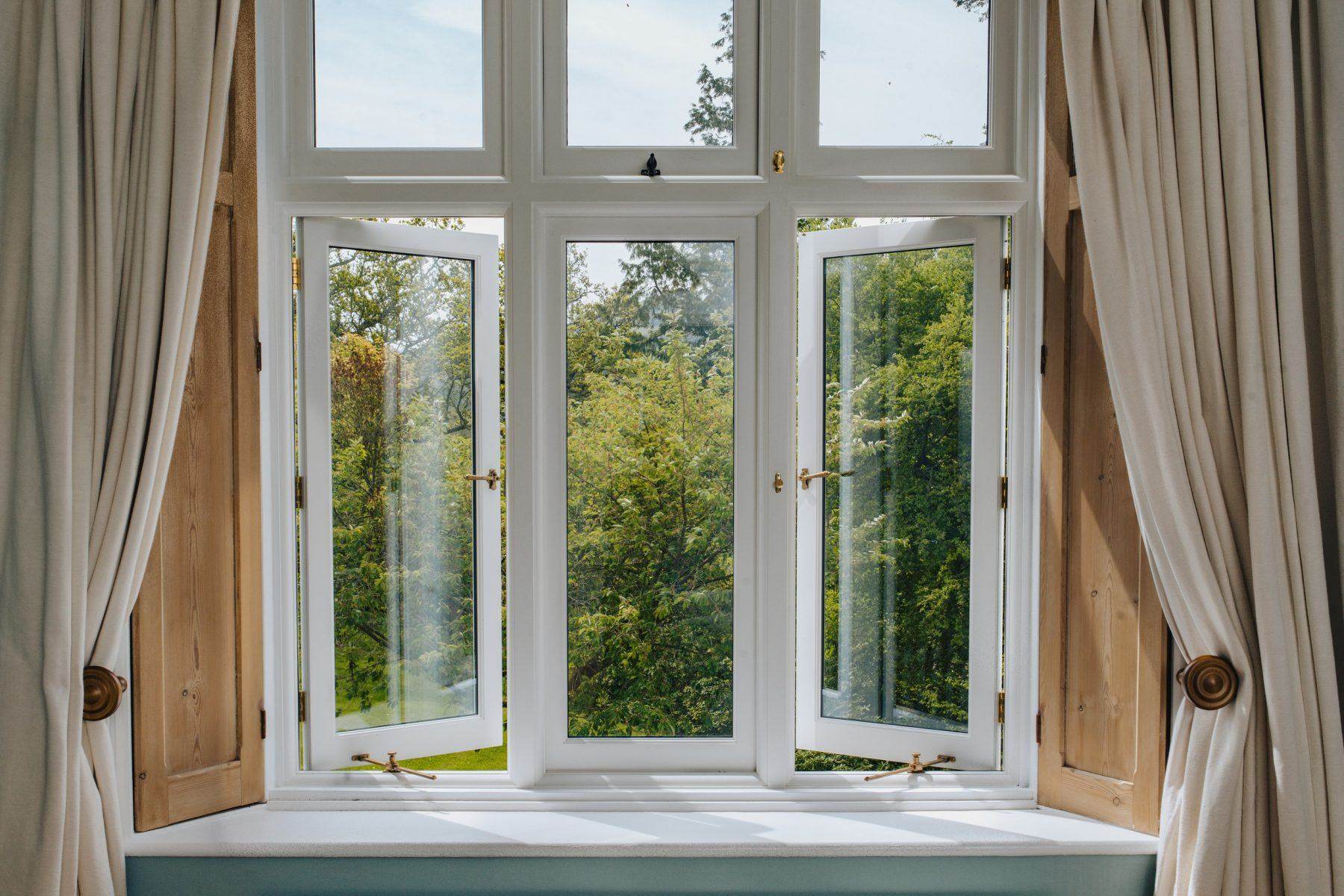
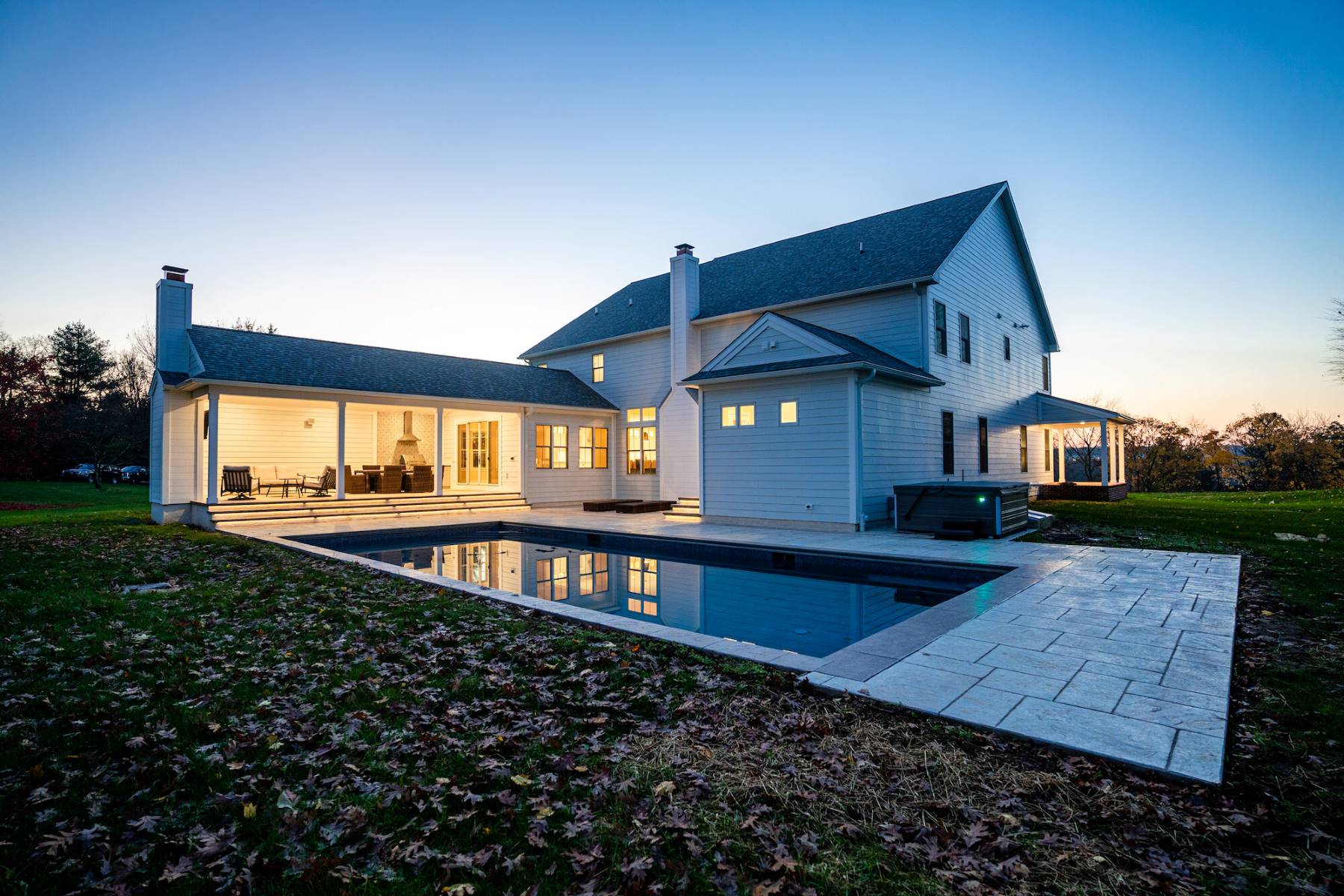
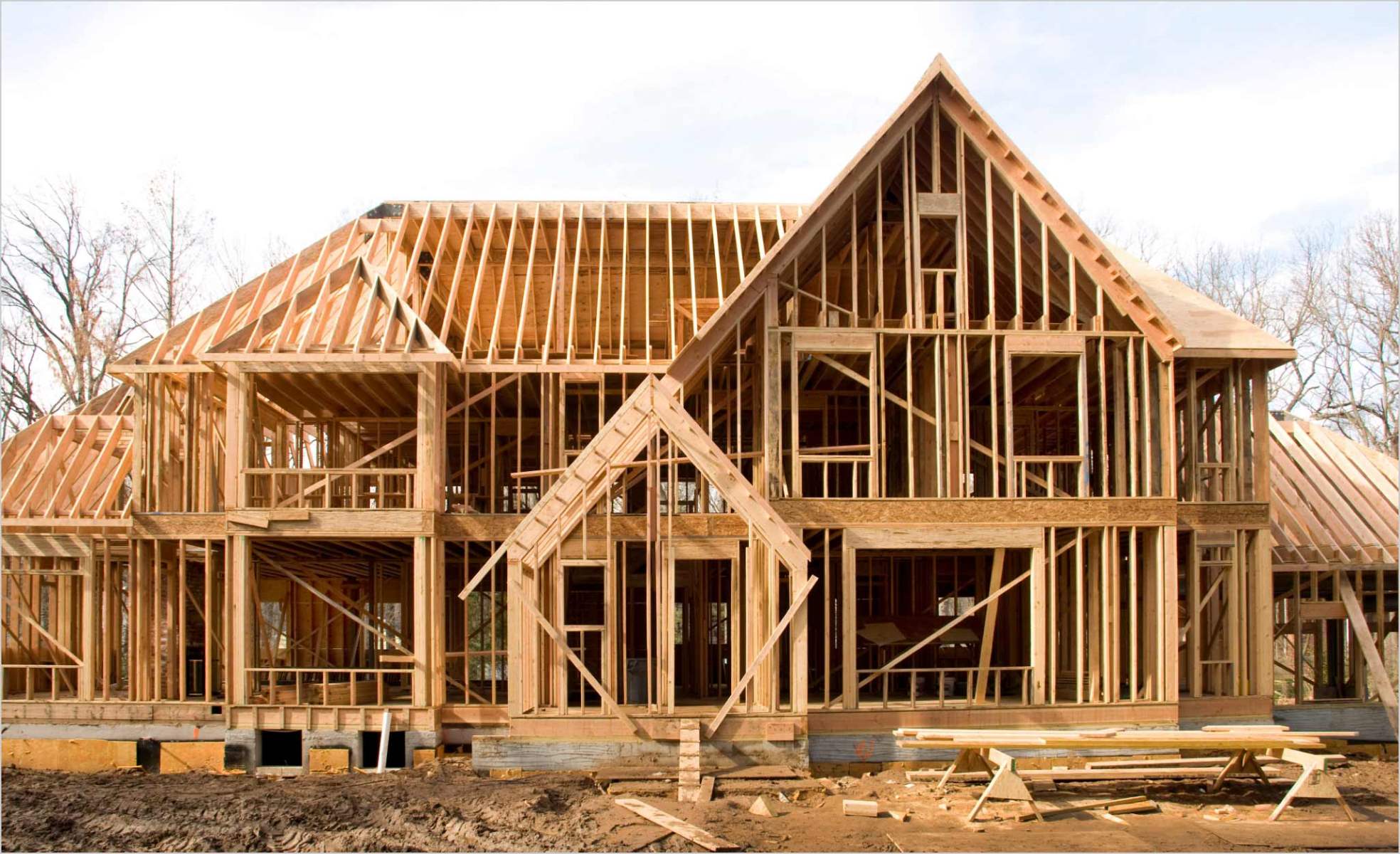
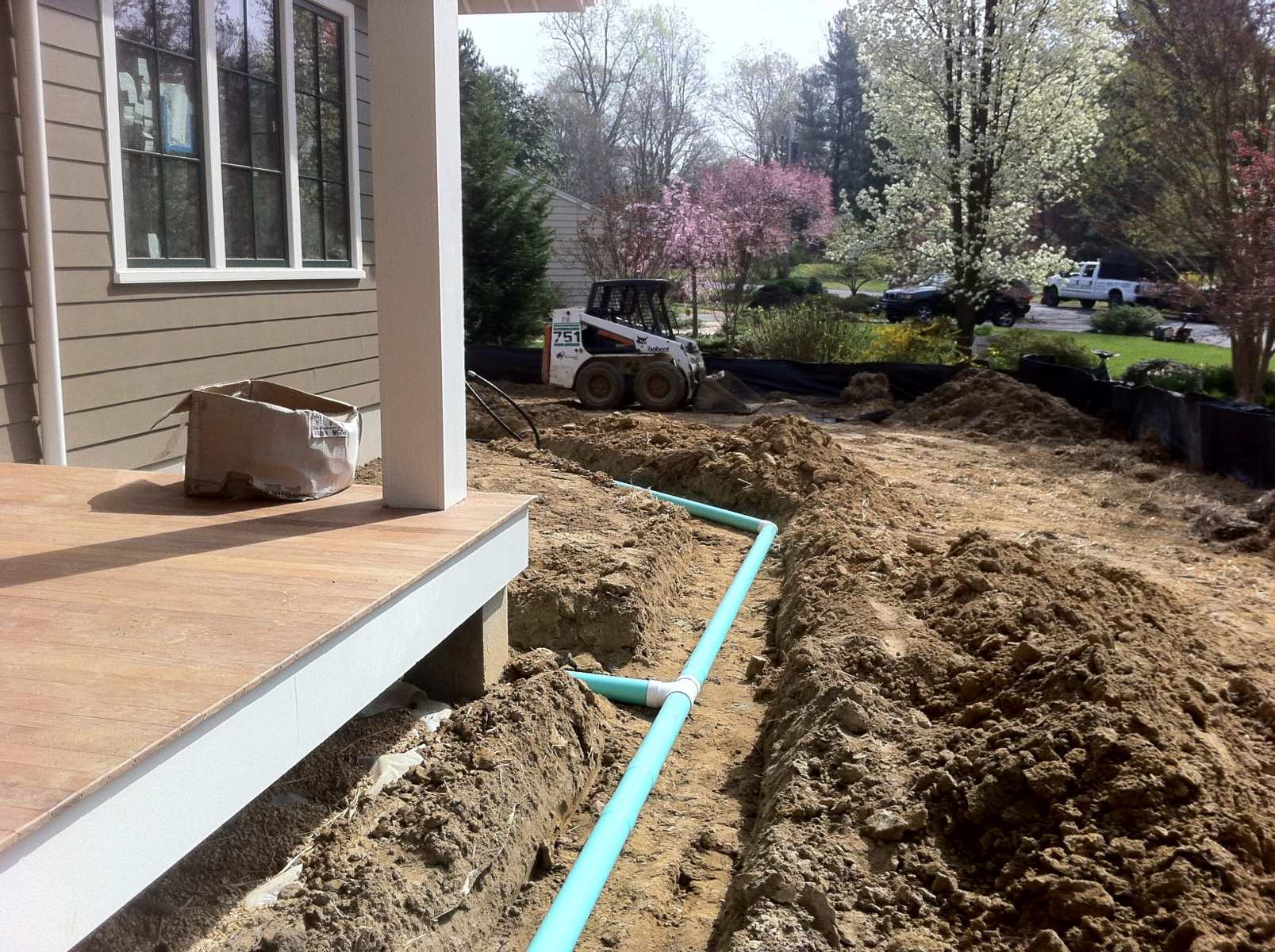
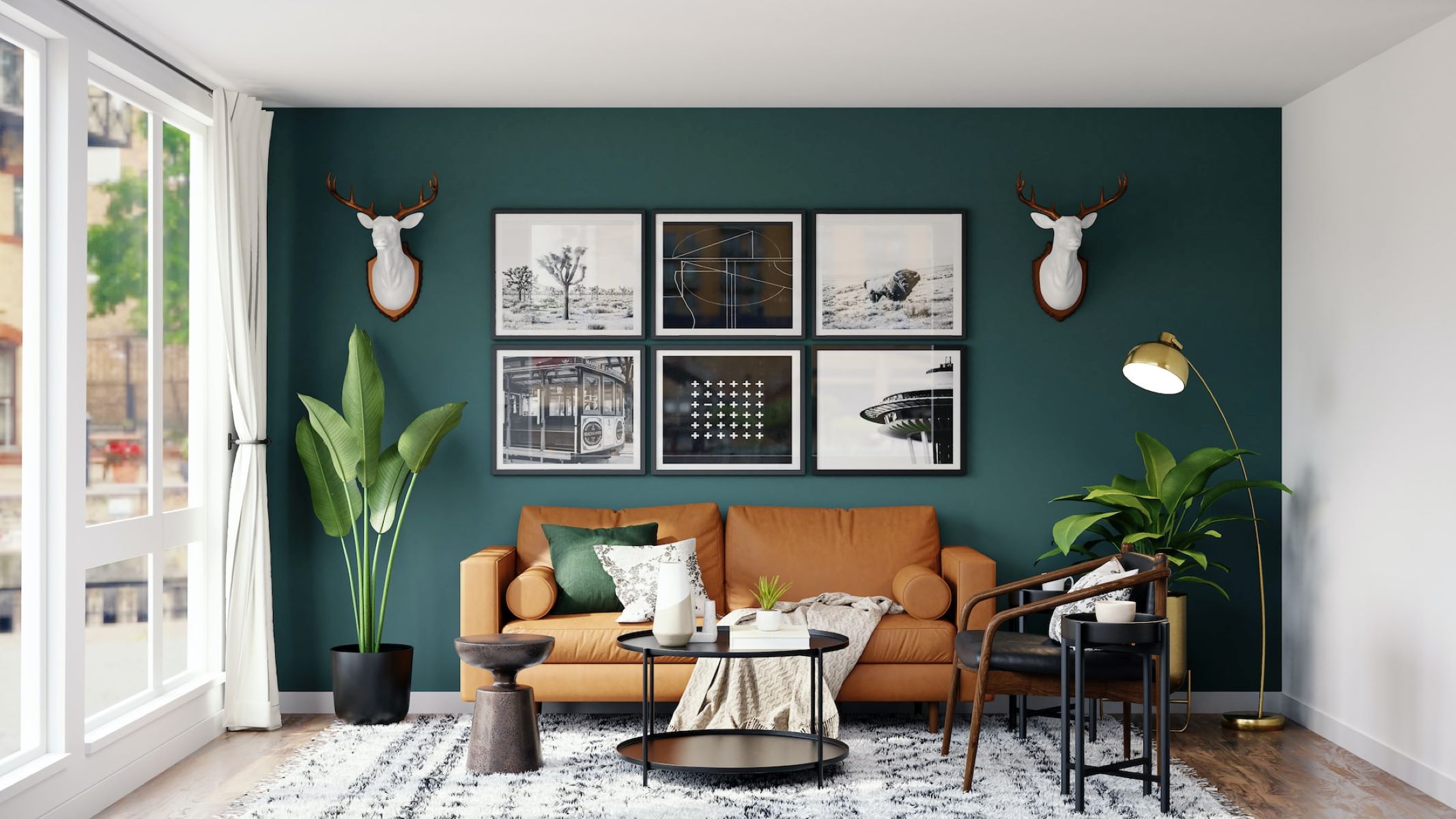
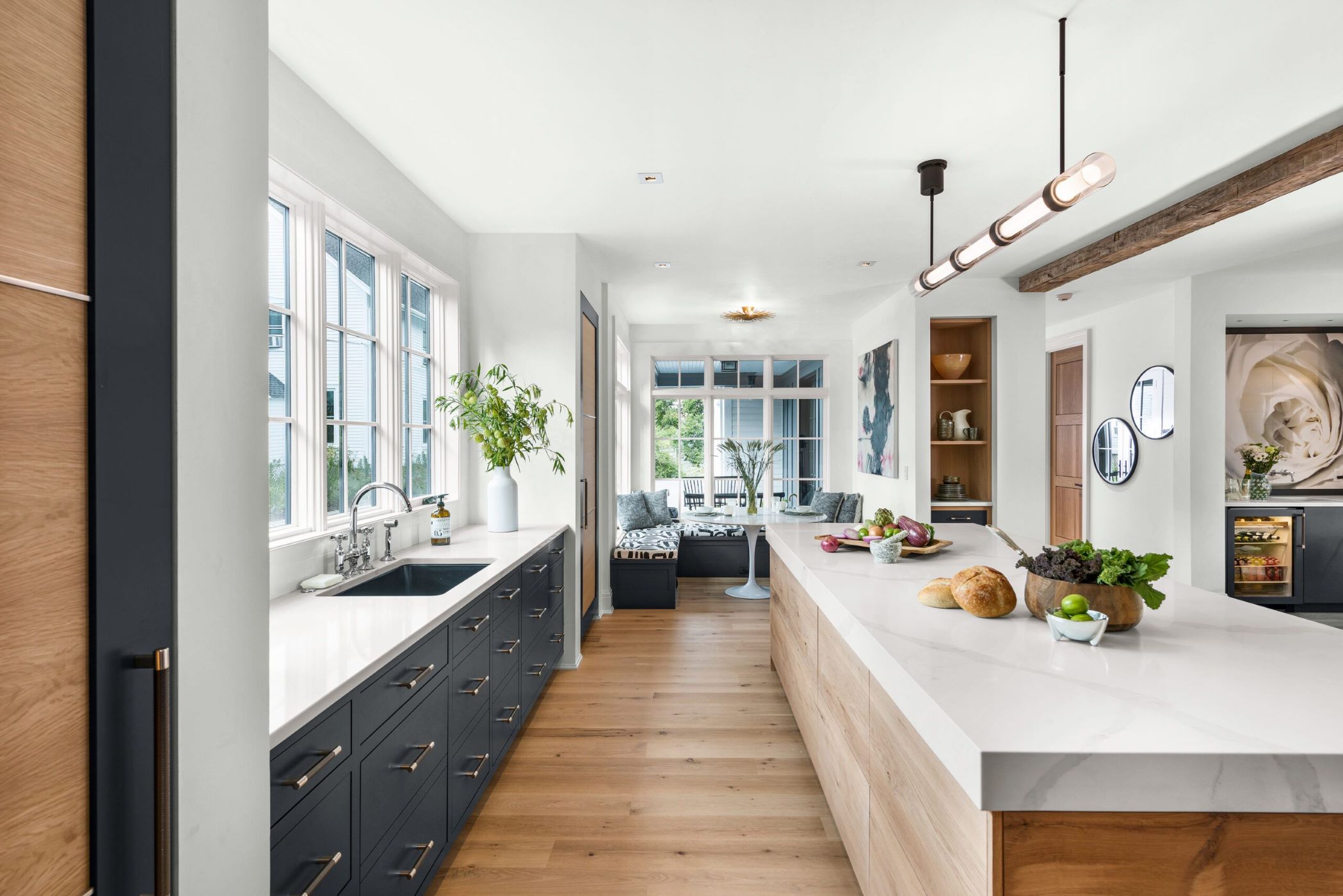

0 thoughts on “How To Design A Victorian House”